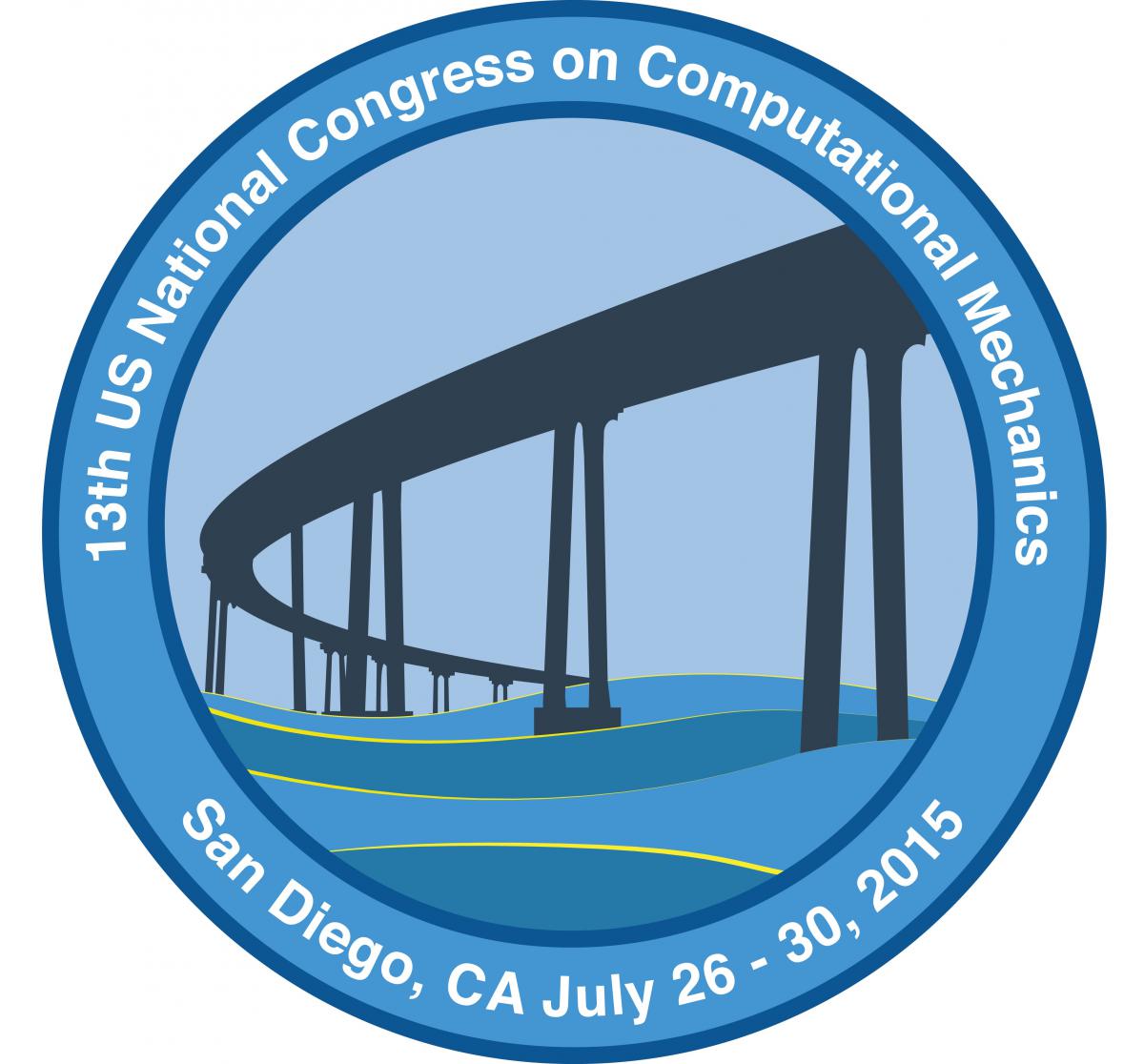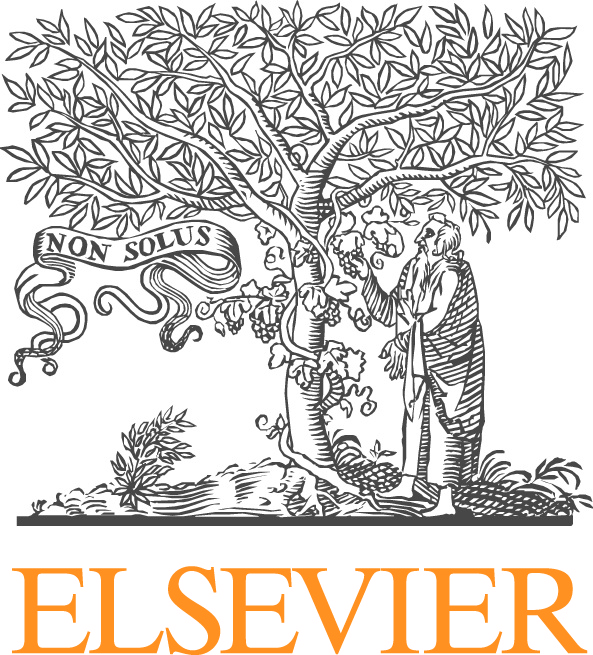Ductile Fracture
This symposium is intended to bring together computational researchers along with theoreticians and experimentalists in the broad area of ductile fracture of engineered or model materials. A major challenge that is currently facing the mechanics of materials community is the prediction of failure in advanced metallic materials at low stress triaxiality (T). In the past decade, low-T experiments have revealed an intriguing effect of the third stress invariant (Lode (L) effect). Based on these early experiments, the Lode effect appeared to be particularly deleterious since the strains to failure were found to be lower than expected based on existing damage models. Various groups have been working world-wide to address this challenge. Until recent years, isotropic damage models were exclusively based on T and hence failed to capture the behavior when Lode effects presumably become prominent.
Ductile fracture is one of the most complex phenomena in materials mechanics where intrinsic and extrinsic factors are intertwined. Intrinsic factors include large plastic deformations, induced anisotropies, microstructural evolution, and stress state effects. Extrinsic factors relate to the effect of boundary conditions and to the onset of plastic instabilities either material (e.g., shear bands), structural (e.g., necking) or both. The goal of this symposium is to elucidate the inevitably coupled effects of stress state, strain/load history and material microstructure on the ductile fracture of structural materials. This, in turn, will enable the apportioning of intrinsic and extrinsic contributions to experimentally determined fracture loci. Contributions are therefore sought, which would target a consistent explanation of Lode effects in the low-triaxiality regime.
Are also welcome papers that address nonlocal damage theories; multiscale modeling of ductile fracture processes (nucleation, growth and coalescence as well as crack growth); strain-rate and temperature effects; ductile fracture in nanostructured materials and/or nano-structures and devices; cavitation-induced failure in polymers (particularly thermoplastics); anisotropy in damage and fracture.





